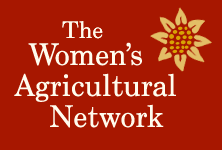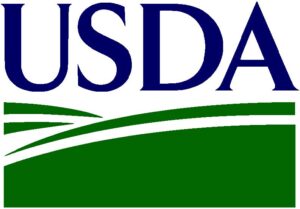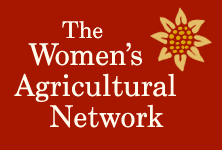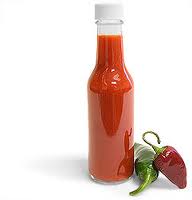 “Your hot sauce is awesome! You should try to sell it.” Have you ever heard these or similar words about any foods that you make? Or maybe you raise lots of delicious fresh produce and want to add some value and extend the season by processing it into salsa, jam, or any other product. Selling food can be a great business, but it is important to follow various food safety regulations to provide a safe, quality product for your consumers.
“Your hot sauce is awesome! You should try to sell it.” Have you ever heard these or similar words about any foods that you make? Or maybe you raise lots of delicious fresh produce and want to add some value and extend the season by processing it into salsa, jam, or any other product. Selling food can be a great business, but it is important to follow various food safety regulations to provide a safe, quality product for your consumers.
The UVM Extension Food Safety program has prepared various fact sheets on food safety regulations , Good Manufacturing Practices for foods, and other topics, including food labeling.
The FDA has over 2000 pages of food labeling regulations, which can be a little overwhelming to say the least. This UVM Extension fact sheet provides a 4 page summary of the labeling regulations most relevant to Vermont food producers and processors. There are 4 main items which must be included on all food product labels:
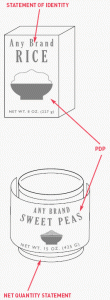 1) Identity, or name of the product
1) Identity, or name of the product
2) The entity taking responsibility for the product. This is the name and address of the manufacturer, packer OR distributor
3) Quantity of the product- the weight, volume, or number of products in the package.
4) For all products with two or more ingredients, the list of ingredients must be included. They must be listed in decreasing order of predominance by weight.
Most Vermont food producers and processors are exempted from the requirements to include nutrition facts on their products, because of the small size of the processors and producers here. However, if a company makes a nutritional or health claim on the label or if the food is fortified or for baby food, the nutrition facts must be included. Also, if you are selling the product at some grocery stores or other locations, they may require nutrition labeling regardless of any size exemptions. Most consumers are now used to seeing nutrition facts, so it may be a good marketing tool to promote any health benefits of your product and to provide transparency.
All food products must meet these general requirements. However, meat, poultry and dairy products must meet additional requirements, which are outlined in a UVM Extension fact sheets on the topic.
UVM Extension will be holding a food safety training course soon in Brattleboro. Stay tuned for information on courses in other locations.
- Introduction to HACCP for food processors– October 26, 2012, 1-4 p.m., UVM Extension Office, Brattleboro, Vt.
For more information and training opportunities on marketing and business aspects of food production, check out the WAgN and the Vermont New Farmer Project websites.
Please feel free to email me at londa.nwadike@uvm.edu if you have questions on this information or any other areas of food safety.
Happy autumn and happy eating!

